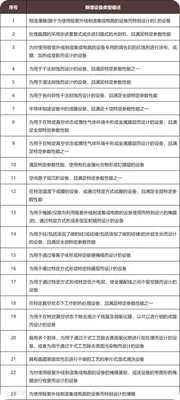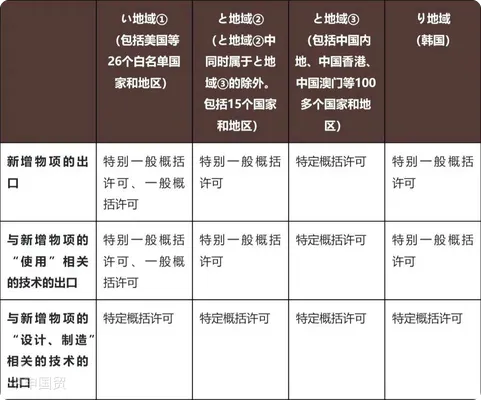- Shanghai Zhongshen International Trade Co., Ltd. - Two decades of trade agency expertise.
- Service Hotline: 139 1787 2118
On March 31, 2023, Japan's Ministry of Economy, Trade and Industry (METI) announced a new draft regulation titled "Order to Partially Amend the Order Specifying Goods or Technologies in Appended Table 1 of the Export Trade Control Order and the Appended Table of the Foreign Exchange Order." This regulation aims to expand the scope of advanced semiconductor manufacturing equipment requiring prior approval from the Minister of Economy, Trade and Industry before export. Public comments are being widely solicited, with the deadline set for April 29, 2023.
Under the new regulation, Japan will expand the scope of controlled chip manufacturing equipment, adding 23 categories of semiconductor manufacturing equipment and related technologies. This means Japanese exporters will need prior approval from the Minister of Economy, Trade and Industry to export these items. Additionally, for exports to other countries and regions, including China, theEquipment Exportlicense application process will become more stringent and complex,as follows:
Addition of 23 categories of semiconductor manufacturing equipment and corresponding technologies, expanding Japans controlled list. Most of these are for processes below 14nm to 10nm. The new categories include cleaning equipment (3 items), thin-film deposition equipment (11 items), heat treatment equipment (1 item), lithography equipment (4 items), etching equipment (3 items), and testing equipment (1 item).

2. Exports to China will be subject to a more stringent and complex licensing application mechanism, including the requirement to apply for a "specific general export license."
3. For technologies related to newly added export items, if they pertain to the "use" of these items, the licensing requirements for Mainland China, Hong Kong, or Macao will be significantly stricter and more complex compared to those for the 42 specified countries or regions within the designated geographical categories. If the technologies are related to the "design or manufacture" of the newly added items, a specific general export license will be uniformly applied to all countries.

The impacts of the new regulation and key follow-up points are as follows:
Impact on Japanese semiconductor equipment exporters: The new regulation expands Japans controlled list, requiring stricter license applications for exports of the 23 categories of equipment and technologies, potentially affecting their export business and profits.
Impact on Chinese semiconductor companies: The stricter license application mechanism means higher export costs and longer wait times for Chinese semiconductor companies, potentially affecting their production and R&D plans.
Impact on the global semiconductor supply chain: As a key player in the global semiconductor supply chain, Japans new regulation may affect supply chain stability. Affected companies will need to reassess their supply chain strategies and consider alternative sources.
In the coming months, the following key points require attention:
Japanese government decisions: Close monitoring of the governments stance and actions in implementing the new regulation. How it interprets, enforces, and resolves issues will significantly impact the semiconductor industry.
China-U.S. relations: As Japan tightens controls on Chinese semiconductor companies, China-U.S. relations may further deteriorate, potentially triggering trade disputes and political conflicts affecting the global semiconductor industry.
Global semiconductor supply chain: Close monitoring of developments in the global supply chain, including adjustments among semiconductor manufacturers partners and suppliers and changes in production capacity, to timely adjust business strategies.
Related Recommendations
? 2025. All Rights Reserved. Shanghai ICP No. 2023007705-2  PSB Record: Shanghai No.31011502009912
PSB Record: Shanghai No.31011502009912










